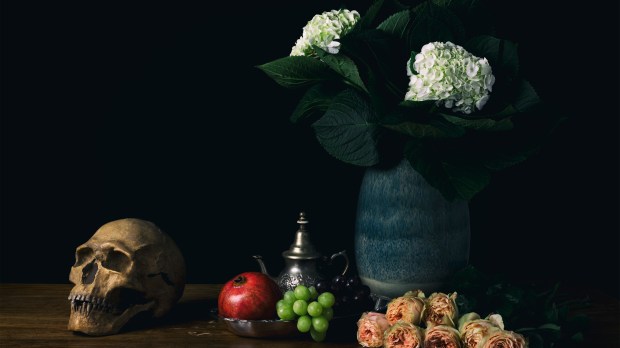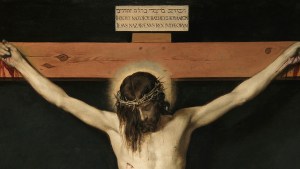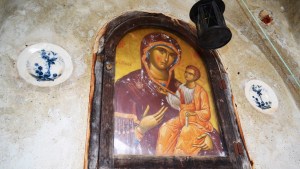Still life, the artistic depiction of inanimate matter, is commonly and sadly misunderstood. Seen as a mainly decorative type of painting (and hence being condemned to the lowest rank in the hierarchy of genres), its depth is often missed. Whereas it is true that its origins go all the way back to Greek and Roman decorative arrangement of different elements in a composition, still-life painting often serves as a profound memento mori motif – especially in early Baroque art, when it gained remarkable prominence for its profound religious depth.
At the heart of still-life paintings lies a reminder of the transience of life and the inevitability of death – a theme the Baroque period always understood as being inevitably intertwined with the all-too-human concern for salvation.
The Baroque era was marked by a dramatic and emotive artistic style. Still-life painting, simple as it might seem at first, was certainly no exception. Just in terms of visual elements, artists of the time used the same strong contrasts of light and shadow they used in openly religious compositions to create the very same sense of drama and intensity in their still-life paintings too. This heightened sense of emotion played a pivotal role in the memento mori motif, as it drew the viewer’s attention to the fragility of life. The use of dark backgrounds and focused lighting made even the most mundane objects (an onion, a dead fish, a clove of garlic) appear grand and significant, emphasizing their role as symbols of mortality.
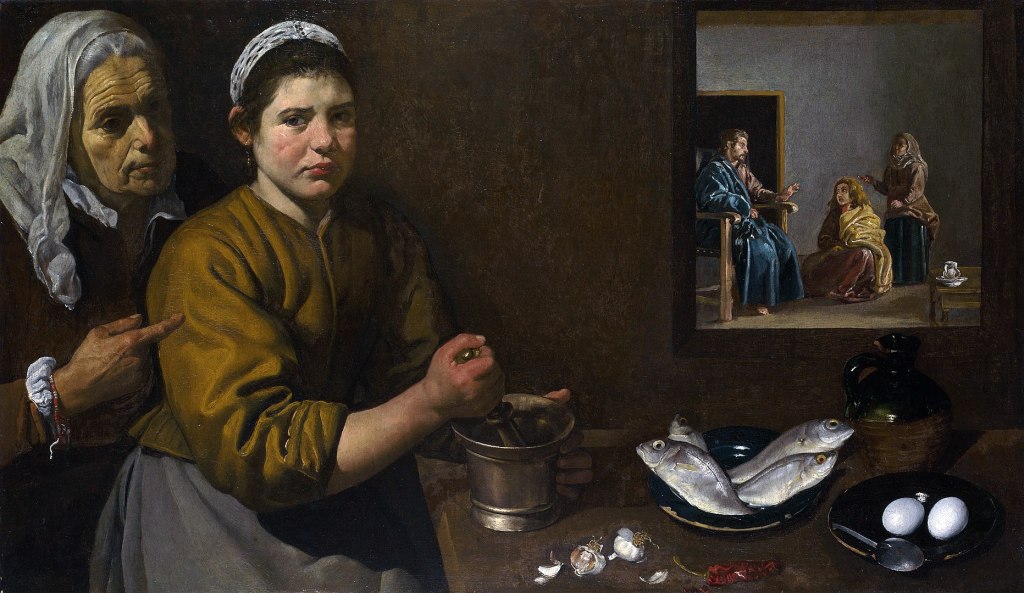
Religious depth was surely the hallmark of the Baroque era, and still-life artists often infused their compositions with the kind of religious symbolism that was typical of their time. The religious connection in still-life paintings was not coincidental, but rather a deliberate reminder of the human condition in the face of mortality – a way to draw attention to the things that matter, as in Velázquez’s famous Christ in the house of Martha and Mary(a masterpiece that is almost, almost, just a still-life painting): “Martha, Martha, you are worried and bothered about so many things […]”
The act of viewing these objects was intended to provoke contemplation on the transient nature of life, encouraging viewers to reflect on their spiritual journeys – and to focus on the one thing that is necessary, “the better part” (Cf. Lk 10, 41-42)
Omnia vanitas
One of the most notable examples of this fusion of memento mori and religious depth can be found in the vanitas still-life tradition (a sub-genre, for some art historians), inspired by Ecclesiastes 12:8: “Vanity of Vanities, saith the preacher, all is vanity.” In a nutshell, the message is that human actions and honors are fleeting, temporary, ephemeral, but death and the afterlife are definitive.Vanitas paintings featured an array of symbolic objects (skulls, hourglasses, extinguished candles, and decaying flowers), all pointing at the inevitability of death. These compositions often included religious elements (Bibles, crucifixes) highlighting the connection between life’s fleeting nature and the promise of salvation through Christ.
Some painters took this genre to the next level. Take, for example, Rembrandt’s The Anatomy Lesson of Dr. Nicolaes Tulp and The Slaughtered Ox.
The Anatomy Lesson of Dr. Nicolaes Tulp transcends mere medical illustration. In this painting, Rembrandt skillfully captures a group of physicians gathered around a dissected corpse. While not a traditional still-life, it shares the same underlying theme of mortality. The lifeless body, eerily lit against a relatively dark background, serves as a stark reminder of the fragility of human existence. The physicians’ contemplative expressions further underscore the memento mori concept, reminding the viewer of their own inevitable mortality and the limited control they have over their lives.
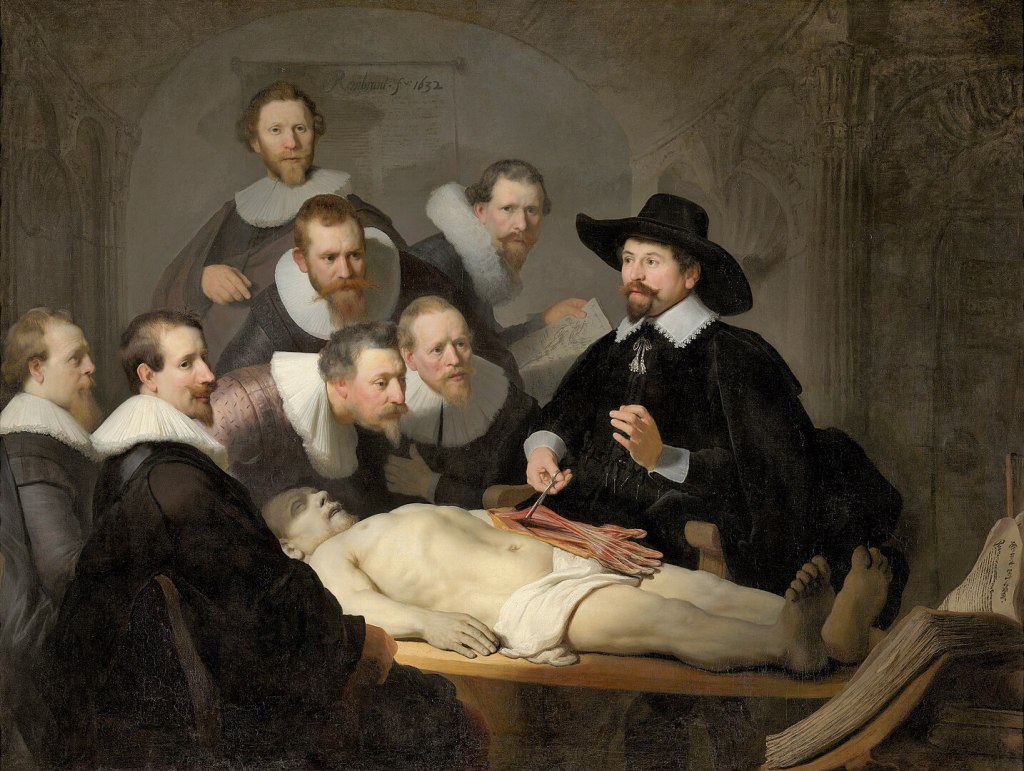
On the other hand, The Slaughtered Ox is a more traditional still life, depicting (obviously enough) a slaughtered ox hanging in a butcher’s shop. This painting conveys the same message through different means. The slaughtered ox, its lifeblood drained, hangs as a symbol of life’s transience and the inevitability of death. Furthermore, the ox is, in biblical narratives, one of the sacrificial animals par excellence – the lamb being obviously the ideal one. The meticulous attention to detail in rendering the open, lifeless corpse, and the stark lighting accentuate the dramatic atmosphere.
However, not all examples need to include animal or human corpses. Another notorious example is Juan Sánchez Cotán’s Quince, Cabbage, Melon, and Cucumber. This 17th-century Spanish still life not only captures the essence of the Baroque style with its dramatic use of light and shadow but also alludes to the transitory nature of life by simply presenting fruits that have been harvested – that is, cut down from the plant that used to give them life and support, being left to rot. By extension, they evoke the fleeting nature of human existence.
In short, still life in the Baroque era was more than just a showcase of artistic skill; it was a powerful vehicle for the memento mori motif, with deep religious and existential significance. The genre’s ability to transcend the ordinary and provoke introspection on life’s transience, particularly through its association with the Passion of Christ, is a testament to the profound impact of the Baroque and its enduring relevance as a reminder of the human condition.
